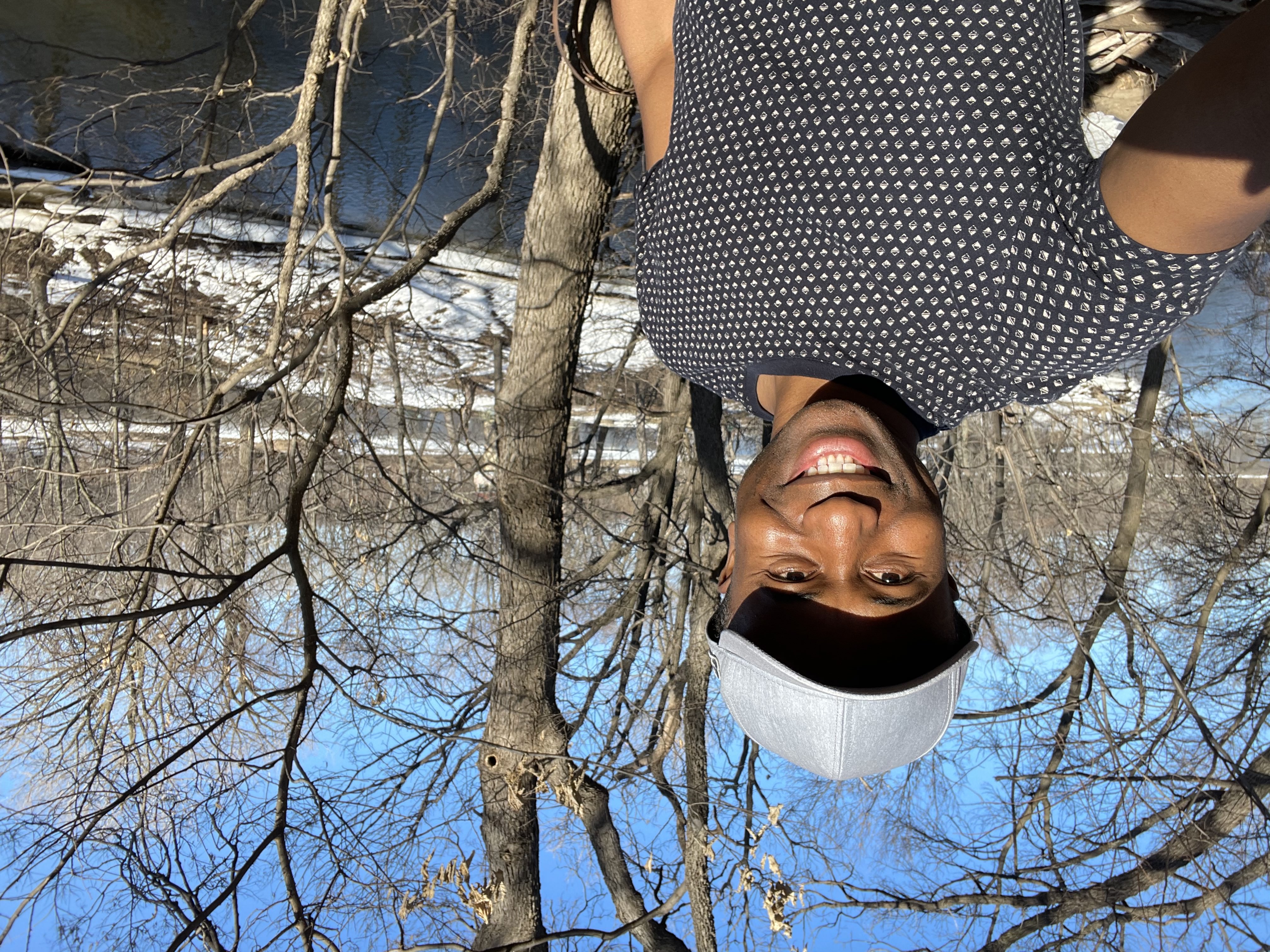When a person is sick, is it right to create an environment where they can get better, or fill their environment with more of the thing that’s making them sick?
Similarly, when traffic congestion is problematic, is it logical to reduce the number of vehicles on the road, or encourage more traffic by making the road bigger and wider?
Keeping these questions in our minds -- I used to think that transportation projects were racially neutral. Most of us drive on highways, and these roads need to go where they need to go, right?
I was wrong.
Take the example of Brooklyn Center, Minnesota. This suburb north of Minneapolis has been impacted by several expansions of Interstate 94 over the years in attempts to reduce traffic congestion. The irony is that highway expansions actually increase traffic and congestion (a phenomenon called “induced demand”). Now, there’s a proposal to expand the highway even further, which the Minnesota Department of Transportation estimates would double traffic in Brooklyn Center from 60,000 vehicles per day to 120,000 vehicles per day. The plan would divert traffic from more affluent communities to low-income communities and communities of color.
Array
Brooklyn Center is the most racially diverse city in Minnesota, with 60 percent of the population being Black, Brown, Indigenous, or other people of color. The proposed highway expansion project concentrates pollution in an area that already leads the state in childhood asthma and emergency room visits.
You might be wondering what the specific impacts of this expansion would be to the community of Brooklyn Center. Nobody from the state will say.
For years, residents have been trying to get some answers to basic questions, such as:
How many homes will be destroyed, and how many families and businesses will be impacted? How does the state plan to reduce air and water pollution in the adjacent Mississippi National River and Recreation Area? What is the plan to deal with the increase in the already high rates of childhood asthma, and how will they get care when they need it? How will the highway expansion impact the community’s access to nature and green spaces? Why has bus service to Brooklyn Center decreased, and why is public transit not being used more heavily to reduce congestion?
With every question, residents hit a wall. Yet, incredibly, the community is being pressured to endorse the project without having answers to these critical questions.
In other words, the residents of Brooklyn Center are being asked to sacrifice their health so that more cars and trucks can speed through their city, but their sacrifice won’t actually meet the state’s stated goal of reducing congestion. There are effective ways to reduce congestion, but to date the state of Minnesota has not been willing to move forward with any alternatives to highway expansion.
That’s incredibly unjust and shortsighted.
Since the 1950s, highways have been placed in such a way that they inflict the most damage on low-income communities and communities of color. A piece in the LA Times reminds us that the Los Angeles freeway system was intentionally built to deter racially diverse communities from flourishing. Though these decisions were made in the 1950s, they continue to adversely impact communities of color, who suffer from the legacy of segregation and racially motivated freeway construction through their neighborhoods.
But these inequities are not just in the past. The story of Brooklyn Center is happening today, and is being repeated in cities across the country.
US Secretary of Transportation Pete Buttigieg recognizes the inequitable damage highway construction and expansion has done to communities of color. In a tweet last December, he acknowledged that “Black and brown neighborhoods have been disproportionately divided by highway projects or left isolated by the lack of adequate transit and transportation resources.” And he committed to prioritizing “righting these wrongs.”

Mayor Mike Elliott of Brooklyn Center, Minnesota
Photo courtesy of Mayor Elliott
When I asked Brooklyn Center Mayor Mike Elliott, affectionately known to his constituents as “Mayor Mike,” what solutions he would like to see for his community regarding the proposed highway expansion, he gave the following ideas for Secretary Buttigieg, and we wholeheartedly agree:
-
Require that pollution reduction as well as social and environmental impacts on communities of color be a part of any highway project, and fully explore all alternatives that decrease vehicle traffic before a project can be approved;
-
Require a team work directly with local communities and residents to assure that traffic between communities is fairly distributed and all methods are utilized to enhance rather than harm such communities;
-
Prioritize funding alternatives to highway expansion that actually relieve traffic congestion -- like public transit access, safe bicycle and pedestrian traffic -- and work with other agencies to increase high-speed internet access and work-from-home policies;
-
Be flexible on the timing of spending funds that have already been allocated so that impacts on low-income communities and communities of color can be fully understood and residents are not rushed into hasty decisions;
-
Fulfill President Biden’s executive order to ensure that 40 percent of federal climate investments benefit low-income communities and communities of color.
You can rise in solidarity with Mayor Mike, and all the communities dealing with unjust and harmful highway expansions! Send your message to Secretary Buttigieg right now, urging him to “right the wrongs” of past highway projects.
